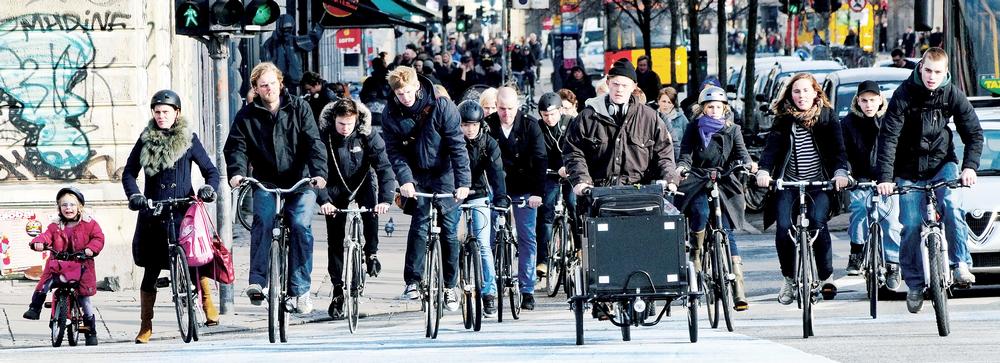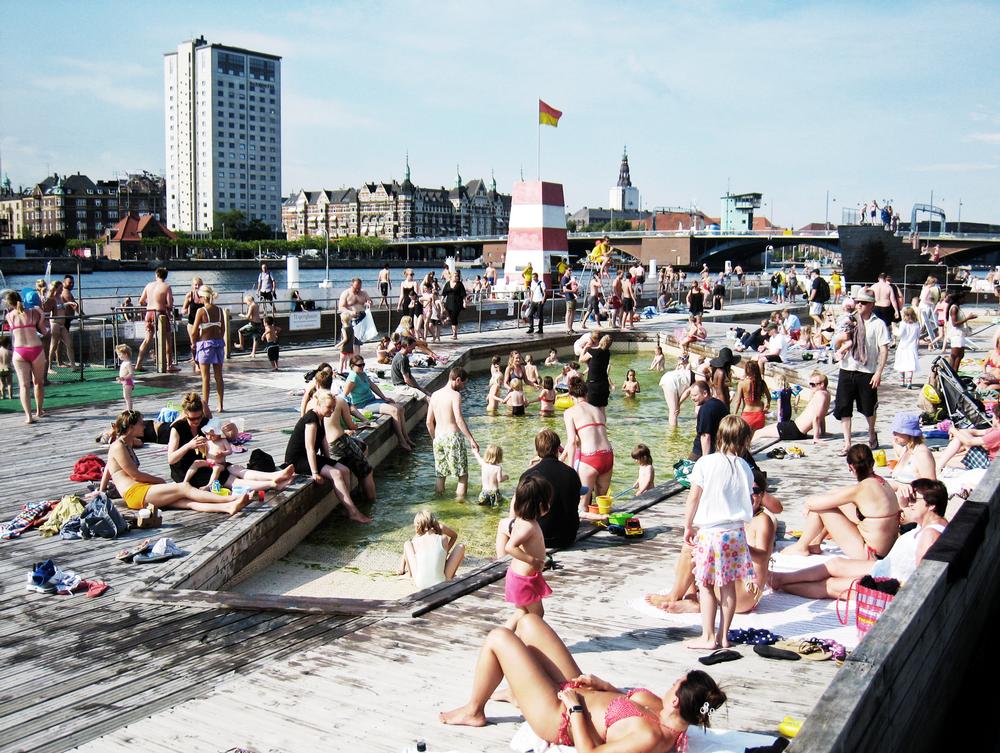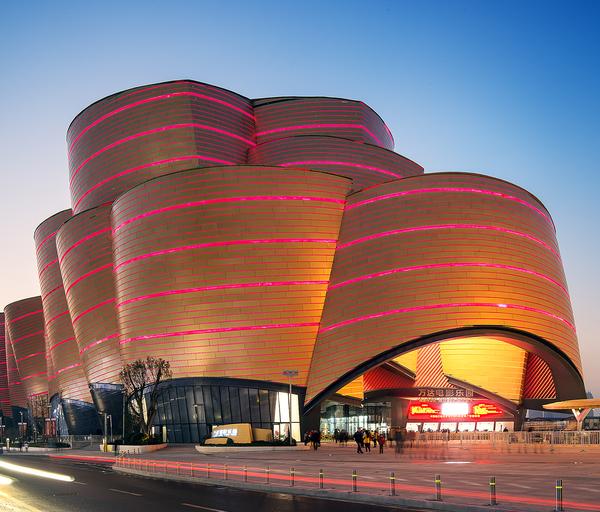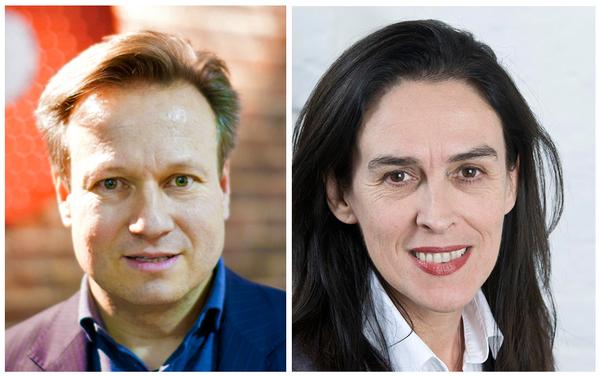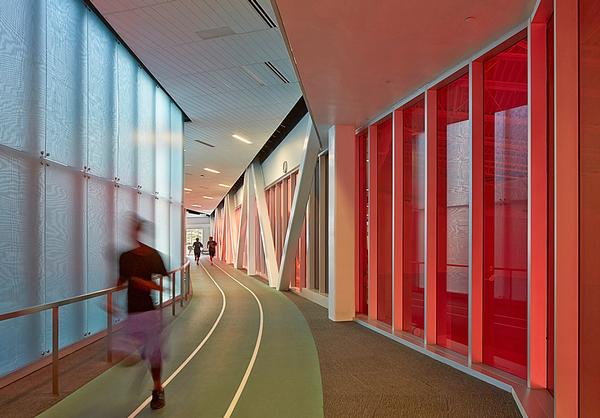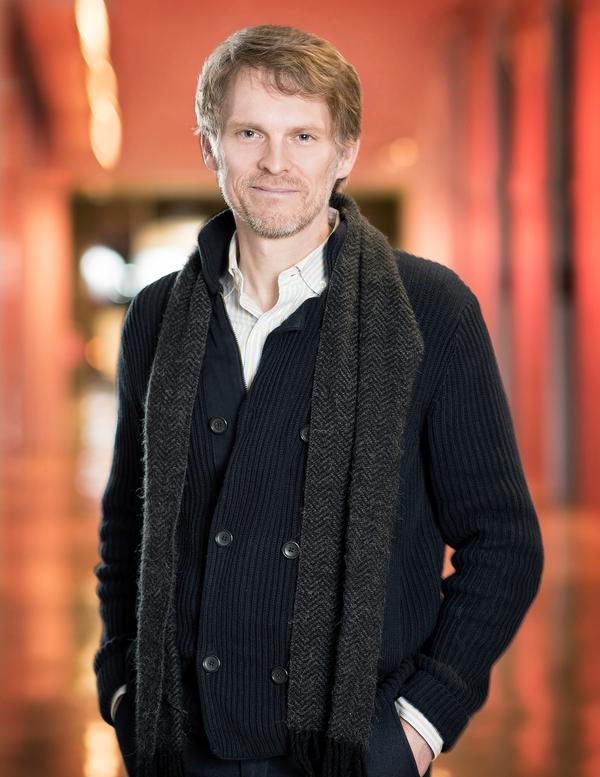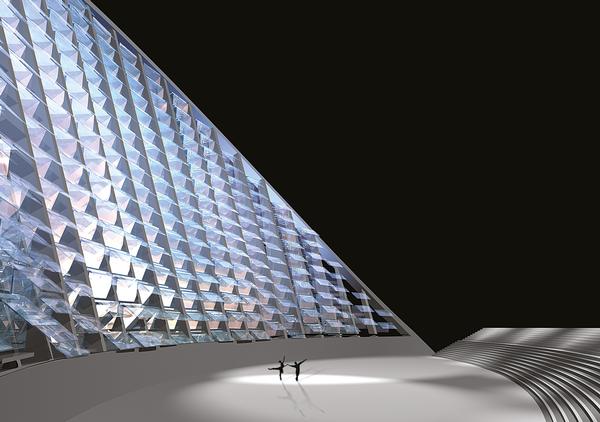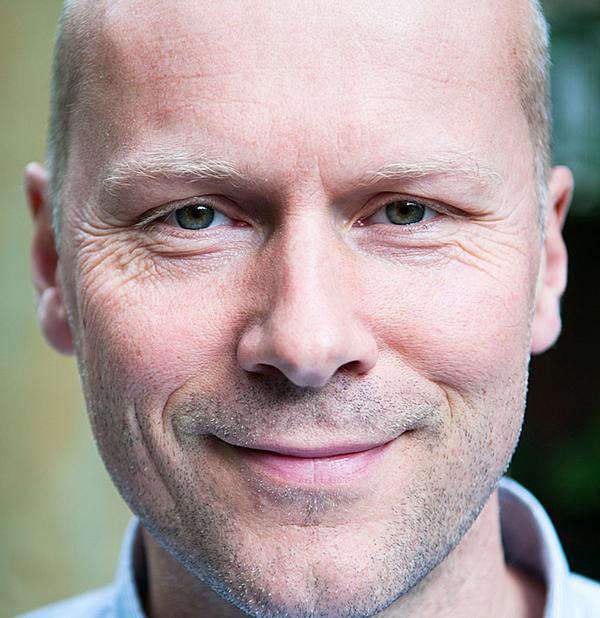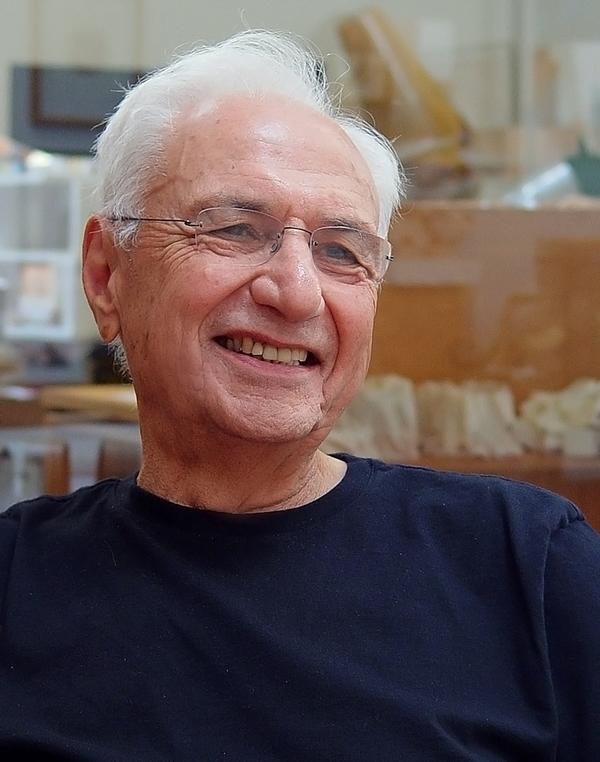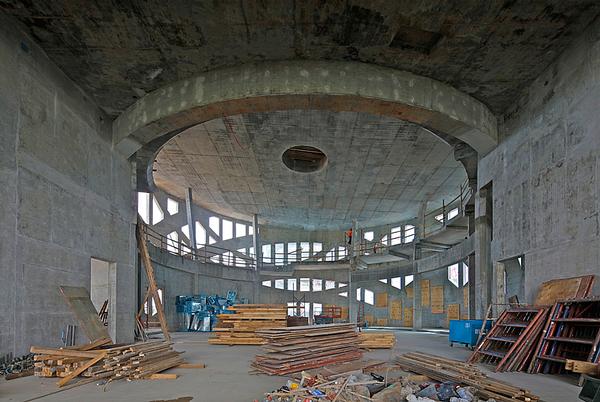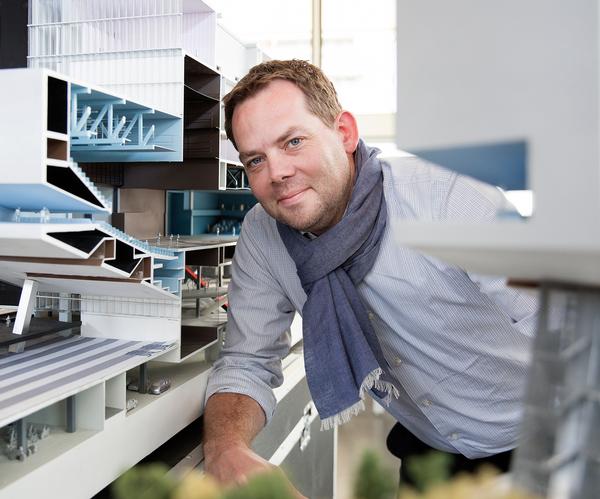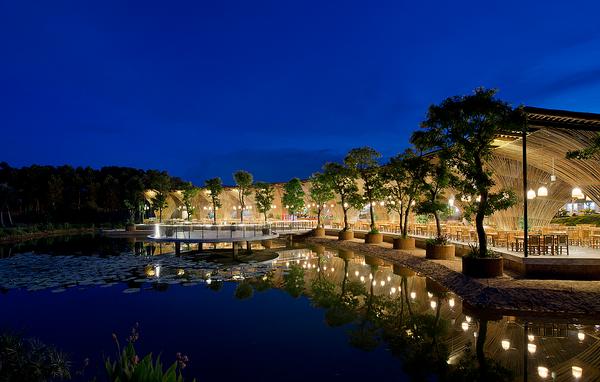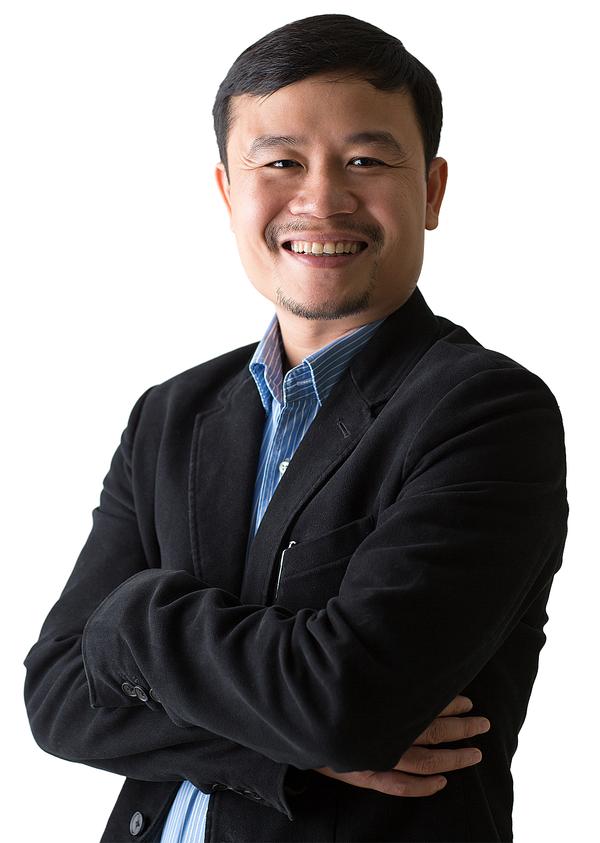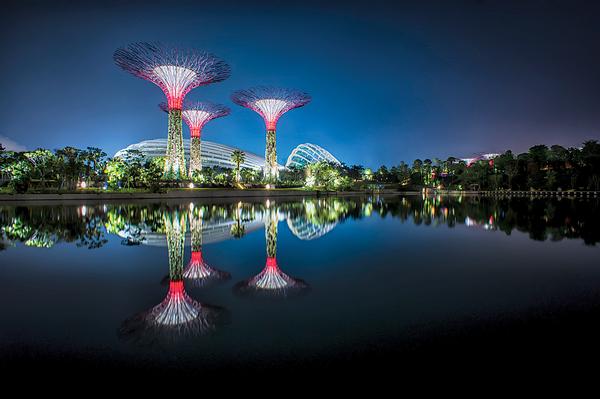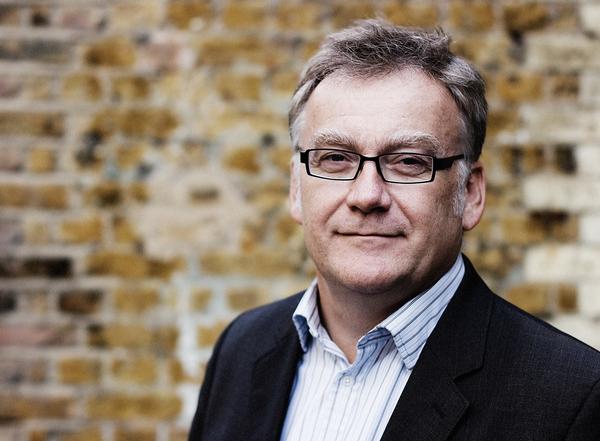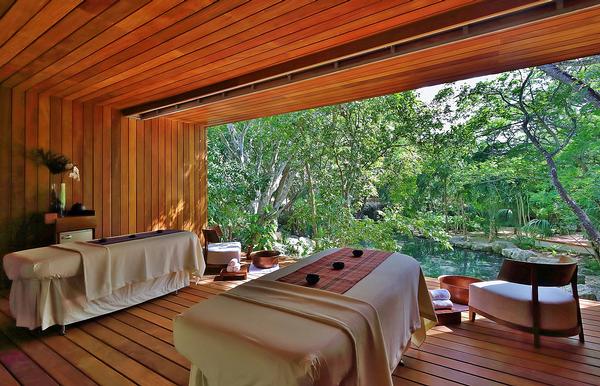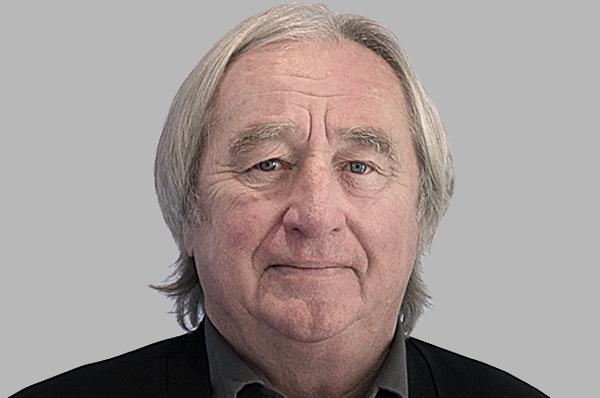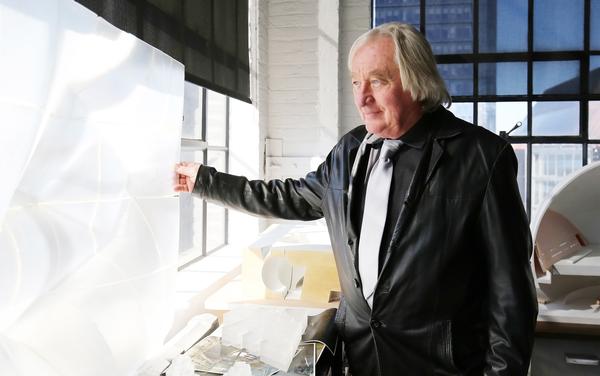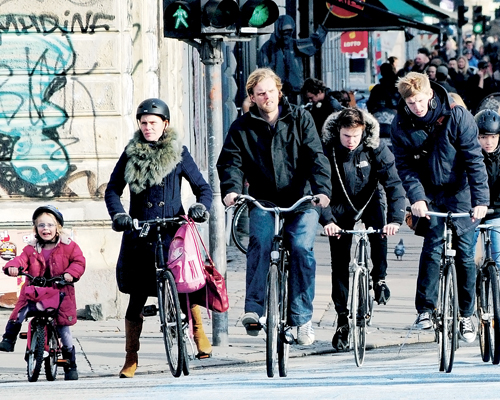Urban Design
Active cities
Sixteen years ago Jan Gehl and Helle Søholt teamed up to launch Gehl Architects, with the ambition of designing more people-friendly cities. Kath Hudson finds out about their approach and achievements
Danish architect and urban design consultant, Jan Gehl, has built his 50-year career on encouraging cities to take a more people-centred approach to urban planning. His philosophy is about improving the quality of life for people living in cities by putting them at the heart of urban planning – making cities easy to navigate on foot and by bicycle and providing places to congregate.
This approach has the benefit of bringing cities to life and making them more liveable. Copenhagen, the birthplace of Gehl Architects, is a shining example of their philosophy and has embedded Gehl's thinking into its architectural policy.
In 2000, Gehl partnered with Helle Søholt to launch Gehl Architects in order to bring his vision into practice. Now, with a 70-strong team spread across three offices in Copenhagen, San Francisco and New York, the practice has brought about transformations in cities all over the world, from Oslo to Christchurch.
Having written six books, Gehl is in demand for talks around the world. Lis Søholt is hands on in the office and is currently working in Vancouver.
Jan Gehl
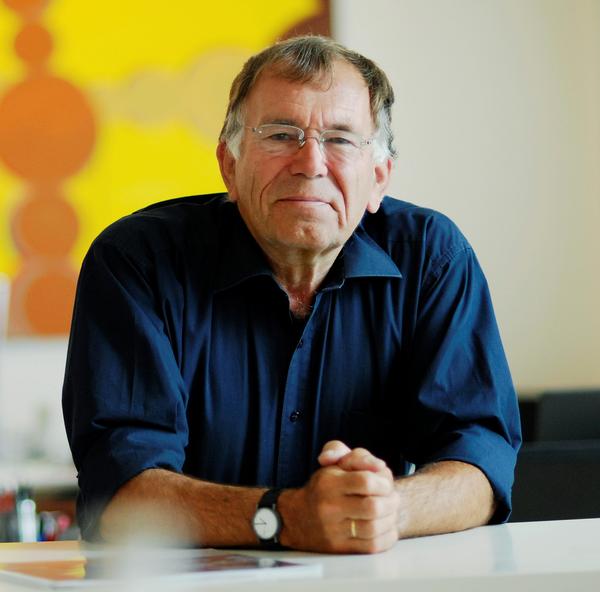
How would you describe your approach to urban planning?
Pro-people: based on raising the quality of life and improving physical surroundings, allowing children to be children and adults to be adults, and accommodating the elderly – a fast growing demographic.
Active cities are important, both for sustainability and for health. City planning which makes people sick is expensive. If people are able to move more they are healthier and cost less. Also cities which offer good liveability and quality of life, attract more investment, which is good for the economy.
What do you see as your biggest achievement?
I think my six books, published in 35 languages, have made the most impact on changing the way people think about cities and have given them the tools to do something different.
In my recent biography, People Cities - The Life and Legacy of Jan Gehl, the authors, Annie Matan and Peter Newman, write extensively about changing mindsets as a pre-condition for changing cities. In much of my own writings, I criticise the ideologies which have dominated city planning for the past 50 years: modernism and motorism. These have created technocratic, soulless cities which make cars and developers happy, but have no concern for people living in and using them.
What have been the biggest consequences of modernism and motorism?
If you go to the suburbs of Moscow you can see what modernism has done – created soulless concrete silos. And if you take a tour of Los Angeles you can see what motorism has done – spread people out over huge land masses, based on the premise that gasoline is cheap, resources are endless and all families are nuclear and well functioning.
Both concepts have severe weaknesses and use the earth’s resources. We are running out of gasoline and there is no room for cars. They are not a smart technology in the big cities of the 21st century. Their use is on the decline in the US and Australia, and car driving worldwide topped in 2009, according to a TED talk by Professor Peter Newman of Curtin University, Perth.
Doctors are now saying the sitting syndrome is the new big killer. City planners are responsible for making it necessary to sit for many hours a day, by their car-oriented planning and by making it difficult to navigate cities on foot and by bicycle.
What are the chances of reversing these trends?
I have seen some miraculous things happen, such as Mayor Bloomberg in New York saying he wanted to create the most sustainable metropole in the world and the impressive turnaround which Moscow has made in the last five years. There are now bicycle lanes, wide sidewalks and reduced parking, as well as access to parks and squares. The city has been given back to the people.
I haven’t had the opportunity to work in the developing world, but I know there are many people there who have read my books and share my views. Being people orientated, providing better infrastructure for walking and cycling, and giving access to good public transport is the cheapest solution and helps most of the population.
You have criticised London in the past, has it improved at all?
The pace of change has been faster in other big international cities, such as New York, Moscow and Melbourne, because the Mayor of London has limited power. We criticised Piccadilly Circus in our report in 2004. That area has been carefully addressed and is now working better.
"If people are able to move more they are healthier and cost less"
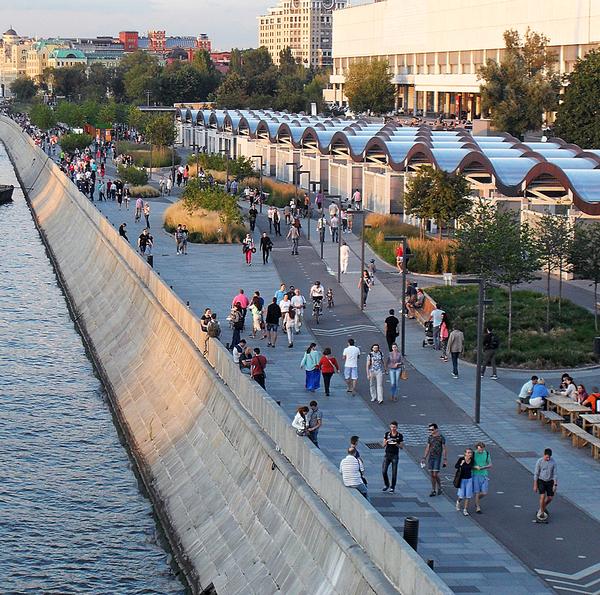
Helle SØholt
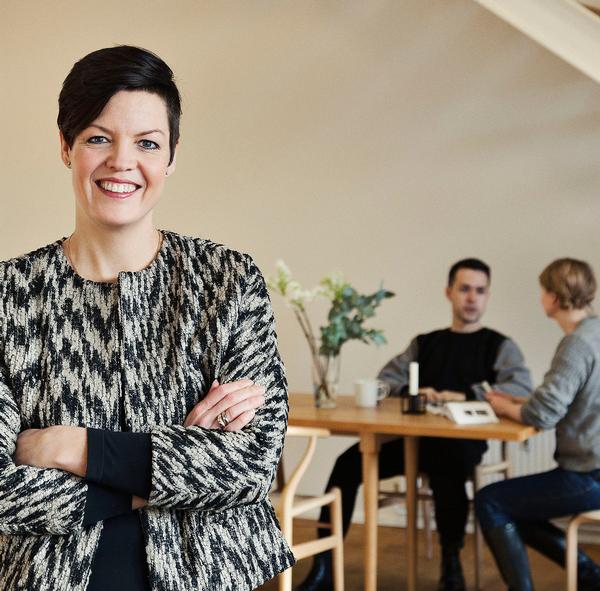
What are the main advantages of cities becoming more people-friendly?
The most obvious is that they become more liveable. Cities shouldn’t just be somewhere we drive to for work or the theatre. We should be able to live and spend time there too.
Safety is becoming increasingly important. We feel more connected to our neighbours and community if we perceive we are safe. As people, we are attracted to places where other people are and people-friendly cities allow you to be active with other people. Also walkable communities save energy, which gives environmental and economic benefits.
What are the most important elements of a people-friendly city?
A lively, robust and inclusive public rail network is fundamental for a resilient city. This enables people from all kinds of backgrounds to use their city in the same realm. That’s so fundamental to supporting democratic processes and connectivity in society.
Can people-friendly measures be implemented cost effectively?
It costs much less to build pedestrian and cycling infrastructure and public spaces than highways. But the difficulty is accommodating public life as an afterthought to a city which has been planned on the old modernist approaches.
What are the main challenges?
Every city has its own political situation and its own DNA in terms of urban structure, but many challenges come up time and again. Budget is always an issue, with cities being forced to do more with less. Many public agencies work in silo, so our approach of considering social, health and environmental aspects in terms of planning, and working across different municipal agencies, can be quite challenging.
Another common challenge is the renegotiation of space. We fight a lot with unprogressive transport departments, which think cars have the right of way.
Political leadership is incredibly important for a project. In many cities outside Scandinavia, the UK, Australia and Canada, civil servants change when politicians change, so it means we lose all the knowledge and experience which has been built up and need to start again.
We have to embed the politicians in making that change, otherwise it’s just an uphill battle. A lot of our work is about getting politicians on board, speaking to them, inspiring them, taking them on study tours. Then we work with people in the communities, engaging with them and listening to their needs.
Is the world moving in the right direction?
I think there is a movement towards a more integrated way of delivering cities and much more understanding of how important it is to focus on people and the social aspects of cities. But I am also disheartened by a lot of new developments around the world. I was in Jakarta last year and it was heartbreaking to see how new developments are happening. It has a low build density, but high people density, and everything new is being built in gigantic developments with nothing in between. Places like that have an urgent need for help, but can’t necessarily afford to bring in a lot of international consultants.
On the other hand, it‘s been very encouraging to work with Vancouver. They are bringing down two old viaducts to rebuild a more connected city. Many cities are facing the fact that old 1960s gigantic infrastructure is falling apart, which is giving the opportunity to rethink and rebuild.
Are there any other trends?
In the light of the US election we have talked a lot about how there seems to be a stronger divide in society. I think it’s becoming more important than ever to focus on the shared infrastructure and public realm in cities, where trends of movement are balanced, and find ways of supporting citizenship, so we all come to understand that we can benefit from developing shared space. Building walls is not a good idea!
"The difficulty is accommodating public life as an afterthought to a city which has been planned on the old modernist approaches"
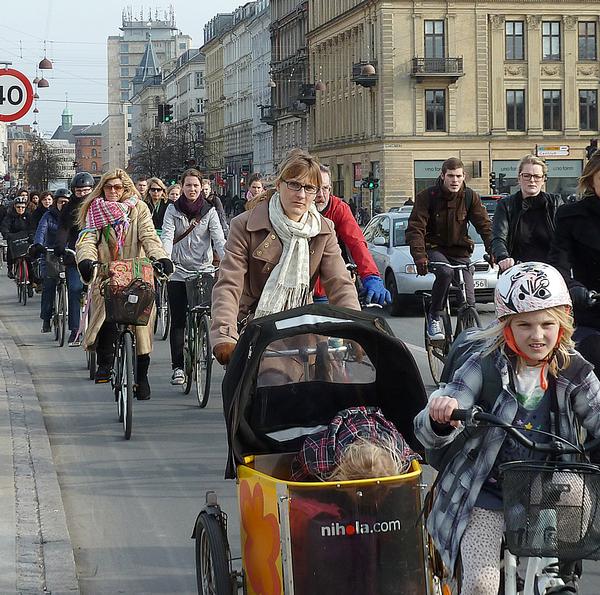
Landmark Projects BY Gehl Architects
Copenhagen
The world’s most people-friendly city
Perhaps the world’s most people-friendly city, where people cycle to work as a matter of course, Copenhagen has been working with Jan Gehl’s research since the 1960s. It is now used as a showcase, as the team bring visitors from all over the world to inspire a vision and experience of what integrated planning looks like in terms of inclusive public spaces, integrated mobility and climate adaptation solutions.
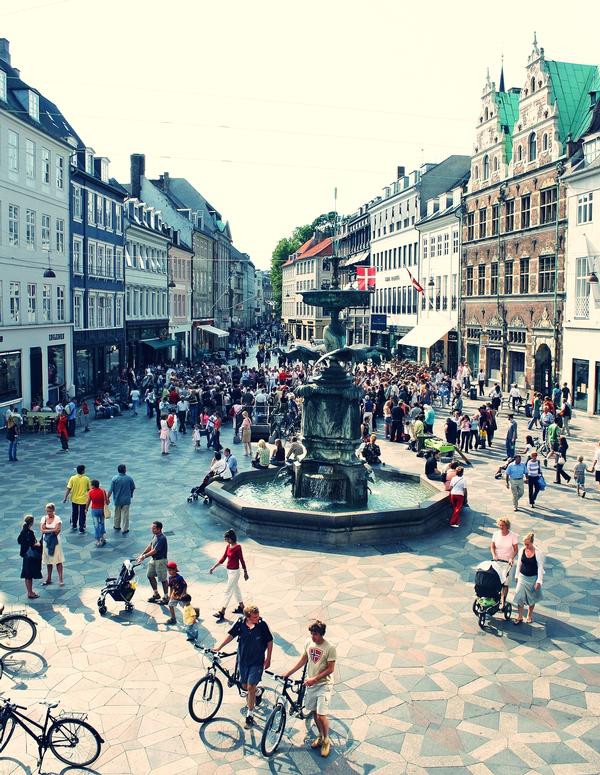
Landmark Projects BY Gehl Architects
Moscow
A major turnaround
The urban leadership set out to deliver a more liveable Moscow, in order to retain its younger generation and bring back those who leave to study abroad. It started out as a hostile environment. Heritage squares had become islands cut off by traffic, the parks had high fences and too few entrances. Highways, with few pedestrian crossings, ploughed through the city centre, making getting anywhere on foot a struggle, despite the city being compact enough to be walkable.
Much has now changed: the illegally parked cars have gone, pavements widened and disturbing advertising, which interrupted connections with heritage architecture and made navigation difficult, has been removed. A route to the waterfront has been created and a riverfront park is being developed. Former derelict amusement park, Gorky Park, has become a thriving public space with sports facilities, cafés, gardens and outdoor tribunes.
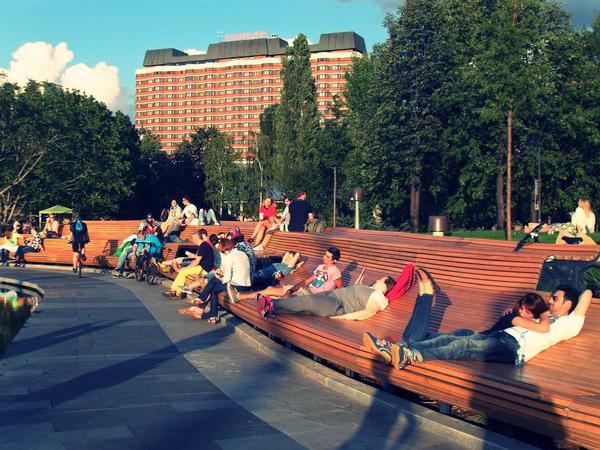
Landmark Projects BY Gehl Architects
Melbourne
The southern hemisphere showcase
Jan Gehl has been involved with Melbourne since 1994 and this has become a showcase in the southern hemisphere, having successfully achieved its mission of inviting people back to live downtown. Previously the city was described as a donut, as there was nothing in the middle. Twenty five years ago less than 2,000 people lived downtown and now 20,000 live there.
This has been achieved by widening streets, creating squares, lanes and parks, wider sidewalks, well-designed street furniture and public art programmes. There have been city greening projects, better public transport and new bike lanes. The number of people walking on weekdays has risen by 40 per cent and the city now has a vibrant café culture.
Now Melbourne is embarking on a new process with a new trainline through the city, with five new stations, to support the urban densification.
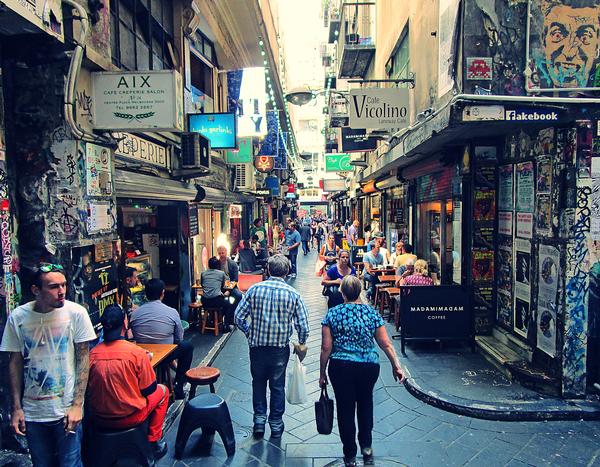
Landmark Projects BY Gehl Architects
San Francisco
Creating a safer downtown
San Francisco’s busy Market Street provided a connecting corridor, but wasn’t realising its potential and was perceived as dangerous. What began as a traditional public transit project, saw intervention by the Gehl Architects team to bring in a people element, to make the street a public life connector, not just a transport corridor.
Life along the street was reinvented, by tapping into the local maker movement – running a festival, and challenging design groups to reinvent the space. The end result has been lively public squares, sidewalk cafés, good manoeuvrability for pedestrians and cyclists and reliable public transport.
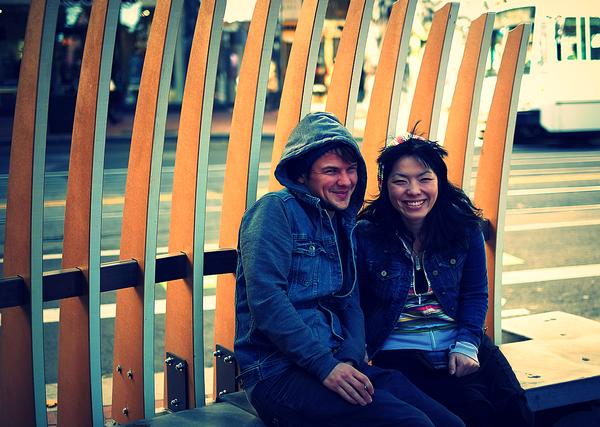
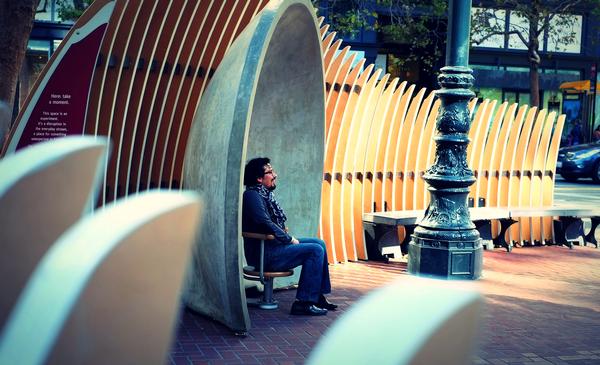
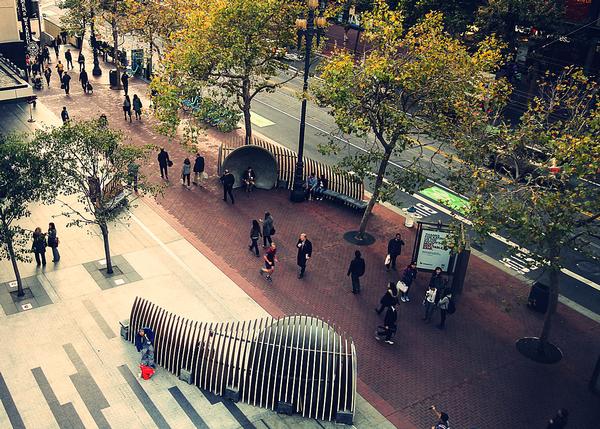
Landmark Projects BY Gehl Architects
Sao Paulo
Buzzing public spaces
Sao Paulo is a very important city for South America, as it creates 30 per cent of Brazil’s GDP and is a reference city for the region. When Fernando Haddad was elected as Mayor in 2012, one of his first priorities was to try and rejuvenate a city that no longer worked for its inhabitants. Gehl Architects were commissioned to facilitate a dialogue process to develop the concept design for Anhangabaú Square and best practice projects in neighbouring downtown areas.
Gehl created safe places to cross the road which connected the shopping area with many cultural institutions and reinvented unused space, turning it into a vibrant public area, with a wooden deck, chairs and shade. The squares have played host to outdoor cinema, exhibitions and play opportunities, and the number of people spending time in them has risen by 237 per cent.
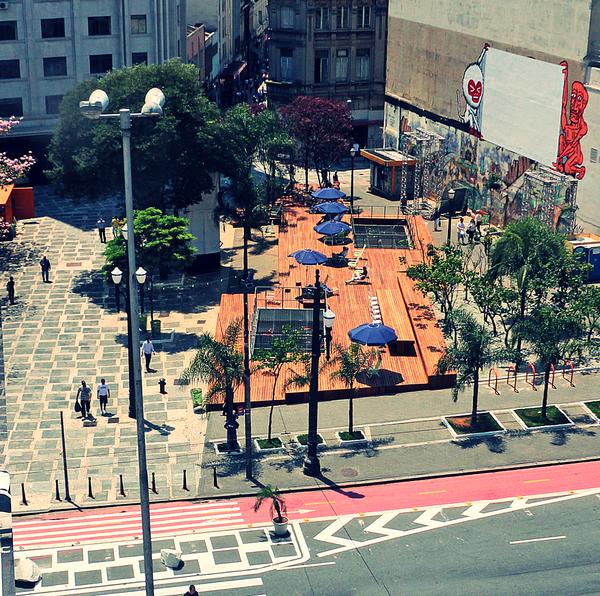
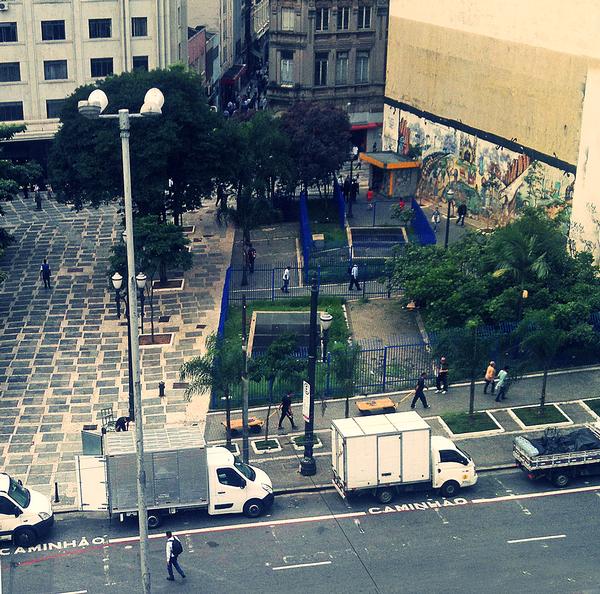
From climate change to resource scarcity, Exploration Architecture uses biomimicry to address some of the world’s major challenges. Its founder tells us how



